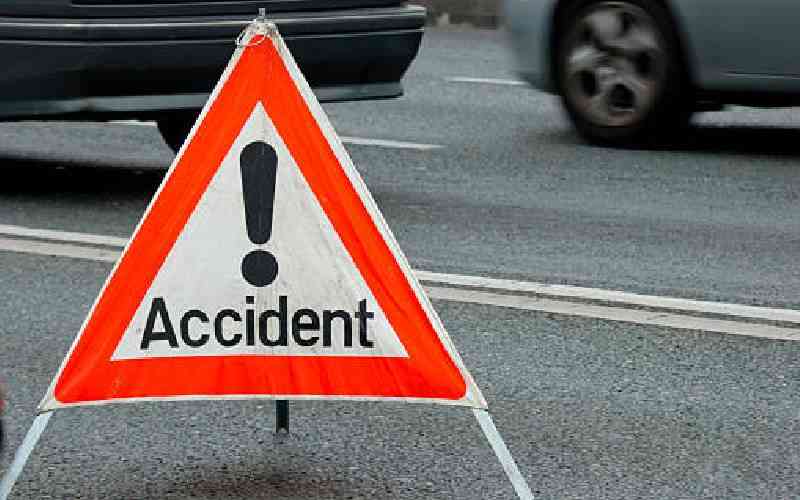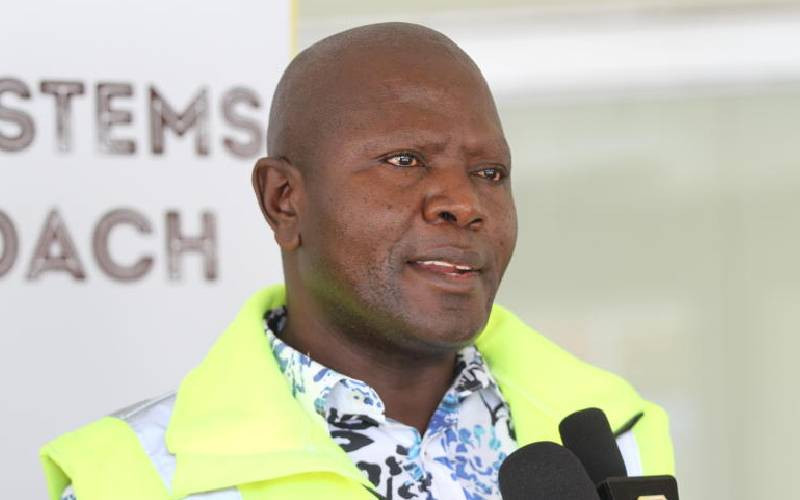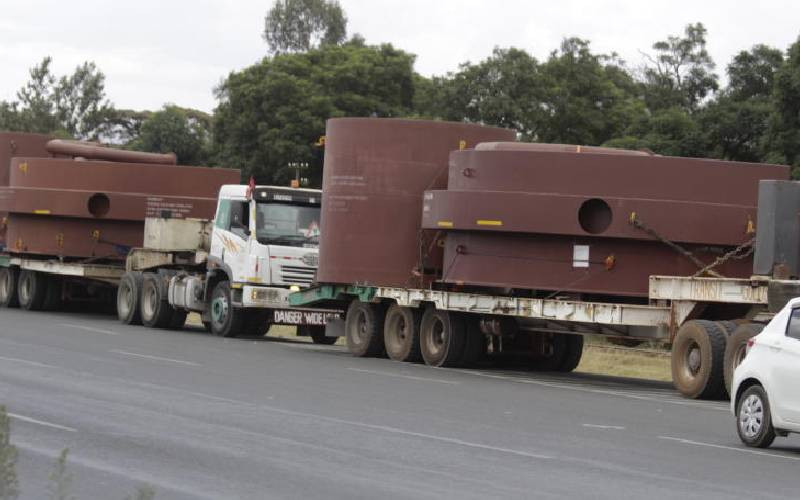The knee-jerk, reactionary responses we keep exhibiting with reference to the carnage on our roads need to stop.
Our favourite rejoinder to curbing the menace represented by traffic offences such as speeding and careless driving consists of one or a combination of the following – put up bumps, remove bumps, deregister Saccos then register them back after the furore dies down.
This weekend, the horrific accident in Naivasha that claimed, at the most recent count, 43 lives reminded us just how transient life can be. As a Kenyan, my heart goes out to everyone who has lost a loved one whether it is from this tragedy or a different one.
The circumstances that surround losses of lives where there is an element of complicity is not just cause for sadness, but for anger and after the anger, pro-activeness.
A 2015 World Health Organisation report indicates that the risk of dying from a road traffic injury is the highest on the African continent, with an average of 26.6 deaths per every 100,000 inhabitants and 574 fatalities per 100,000 motor vehicles. Kenya’s averages are, however, higher standing at 29.9 and 640.7 respectively, followed by Tanzania and Rwanda.
It is no wonder, then, that East Africa is cited to have some of the worst rates of road accidents in the world.
Low and middle-income countries cite disproportionately high accidents relative to the number of vehicles on our roads.
Sadly though, it takes major road accidents such as the ones in Naivasha or Lang’ata road in September for the relevant authorities to be instructed to take action.
And even then, after the short-term actions are put in place (put up bumps, label bumps) we go back to business as usual until the next accident. Cue the process all over again – blame game, recriminations, pointing fingers.
The current measures for curbing accidents are inadequate, riddled with conflicts of interest and corruption and insufficient.
All the while though, authorities give off the impression that to overhaul the whole sector is an impossible task, a fallacy that I do not agree with.
I have no doubt there is no simplistic solution, but in the same vein, a multi-faceted approach including the relevant stakeholders is not an impractical thing to ask.
Implementing piece-meal solutions such as speed limits one day, inspections on the next, crackdown on drunk drivers on another and so on is simply playing roulette with people’s lives and trading ‘busy-ness’ for effectiveness.
To stem these road issues once and for all requires the two things that as a country we are eternally afraid of – putting in the actual long-term consistent work needed to bring sanity to roads, and a concerted effort to stem corruption disguised in legacy conflict of interest systems with no fear or favor to existing cartels.
Stay informed. Subscribe to our newsletter
But even as we castigate the authorities for their laxity, we must take responsibility for our own misdemeanors on the roads. This weekend I was reminded of just how much we contribute to avoidable incidents.
I have a cardinal rule around the festive season.
I avoid, as much as I can, driving over long distances unless it’s absolutely necessary. Long weekends, Easter and Christmas holidays are the perfect domiciles for a combination of the worst commuter habits.
For some inexplicable reason, we drive as if we are impervious to accidents and we show our invincibility by combining alcohol, speeding and a pure lack of courtesy to other road users. This weekend I broke that cardinal rule. A couple of hours later, having reached my destination safely I started seeing the news of the tragedy breaking on social media.
I am by nature very risk averse in my driving habits especially over long distances where the risks increase exponentially.
On my drive back home, I was extra careful reminding myself that only 50 per cent of the control lies in my hands and no matter how well I drive, there is a certain element of human error on the part of the other driver that I cannot control.
Still, it shocks me how much we take this sentiment for granted.
On the 200 kilometres that was my way back, I lost count of how much careless behaviour I saw by drivers, especially those who had children in their cars. We allow toddlers and children to ride without seat belts or child appropriate restraints.
If I had a shilling for every time I saw an adult on the passenger seat with a child standing right next to the dashboard, or being held on the lap, unrestrained, or standing on the back seat while they played, I would have come back a millionaire.
As parents, we may have 100 per cent confidence in our driving abilities but do we ever stop to think that factors on the road are rarely, if ever, entirely within our control?
What kind of hurry are you in as a guardian that you cannot take a few minutes to ensure that you and your kids are strapped in before you set off on your journey? As you and yours travel over these holidays, I wish you only sanity and safety.
 The Standard Group Plc is a
multi-media organization with investments in media platforms spanning newspaper
print operations, television, radio broadcasting, digital and online services. The
Standard Group is recognized as a leading multi-media house in Kenya with a key
influence in matters of national and international interest.
The Standard Group Plc is a
multi-media organization with investments in media platforms spanning newspaper
print operations, television, radio broadcasting, digital and online services. The
Standard Group is recognized as a leading multi-media house in Kenya with a key
influence in matters of national and international interest.
 The Standard Group Plc is a
multi-media organization with investments in media platforms spanning newspaper
print operations, television, radio broadcasting, digital and online services. The
Standard Group is recognized as a leading multi-media house in Kenya with a key
influence in matters of national and international interest.
The Standard Group Plc is a
multi-media organization with investments in media platforms spanning newspaper
print operations, television, radio broadcasting, digital and online services. The
Standard Group is recognized as a leading multi-media house in Kenya with a key
influence in matters of national and international interest.









